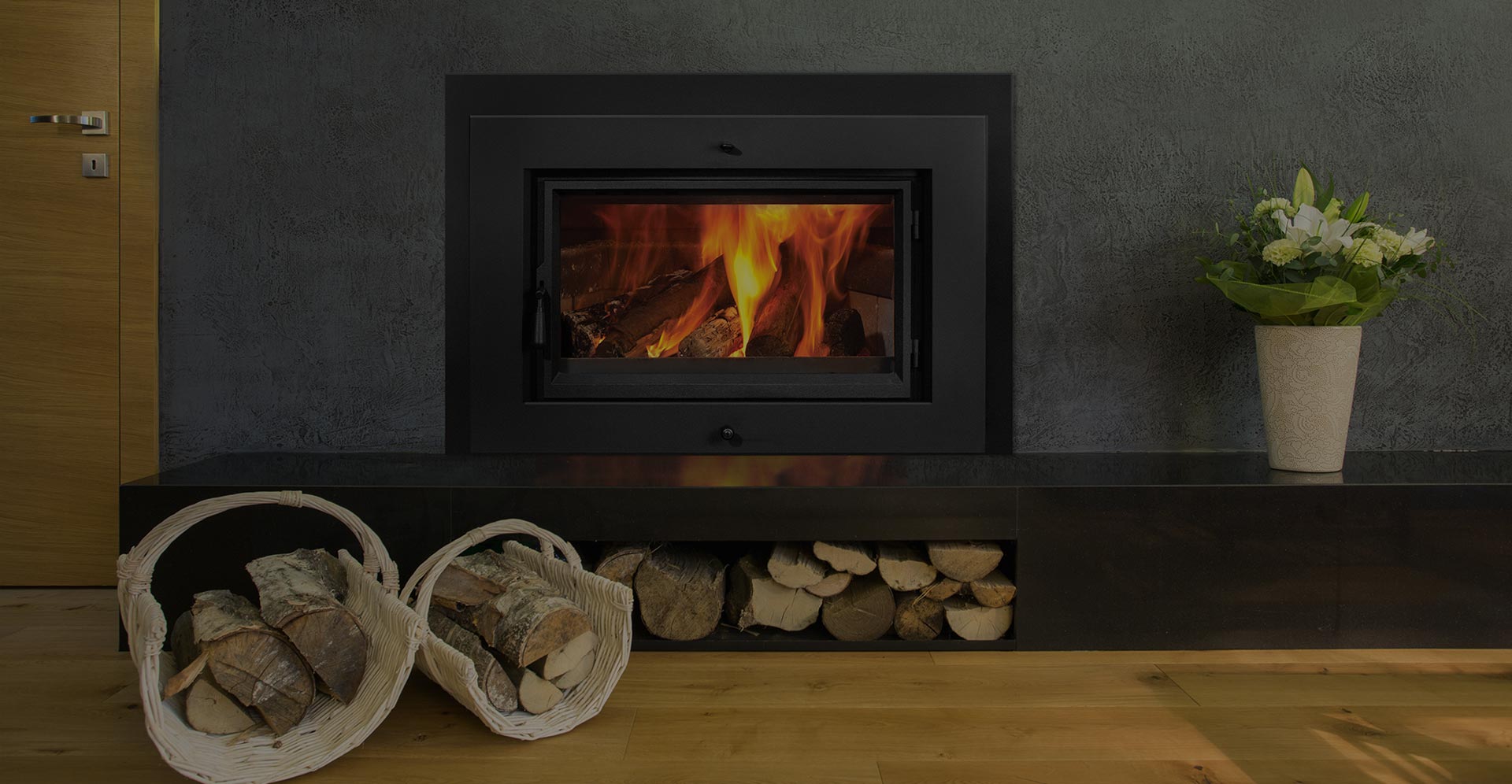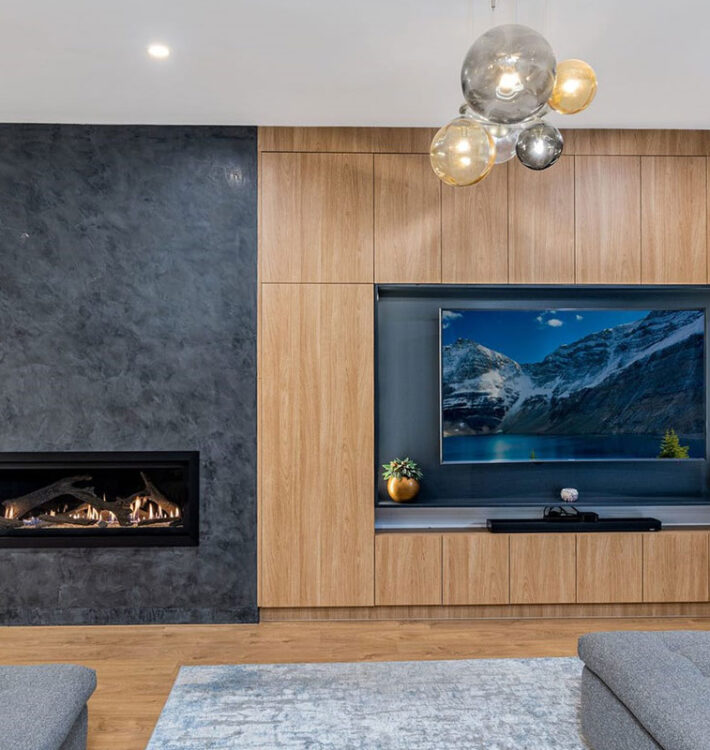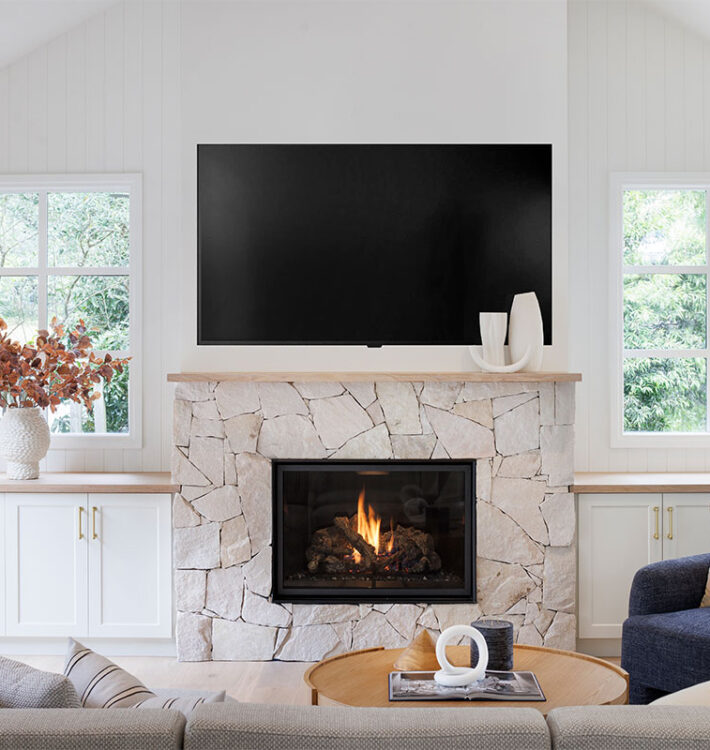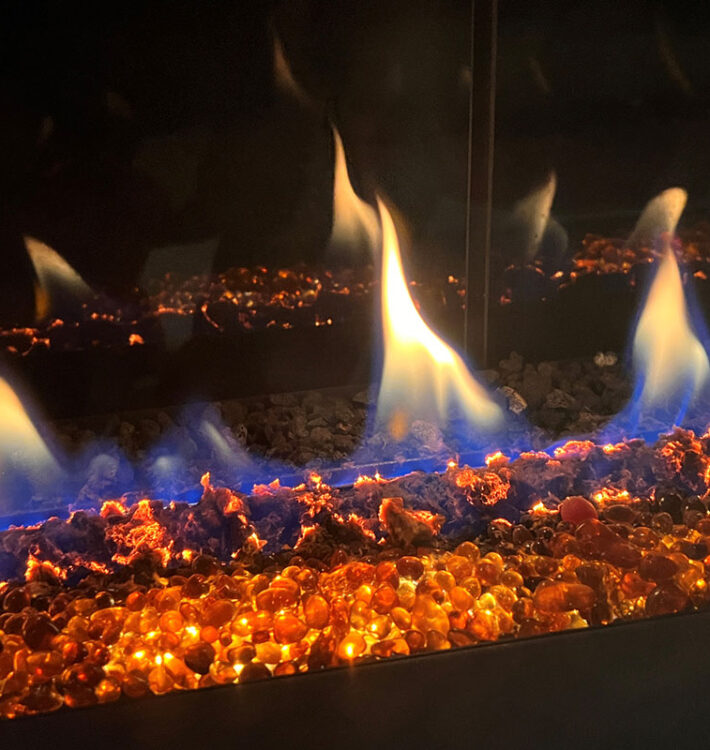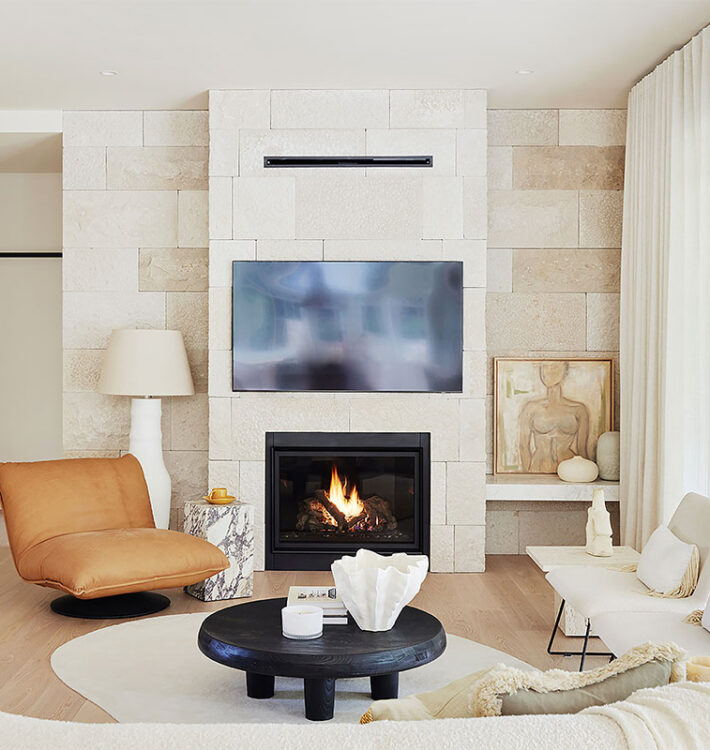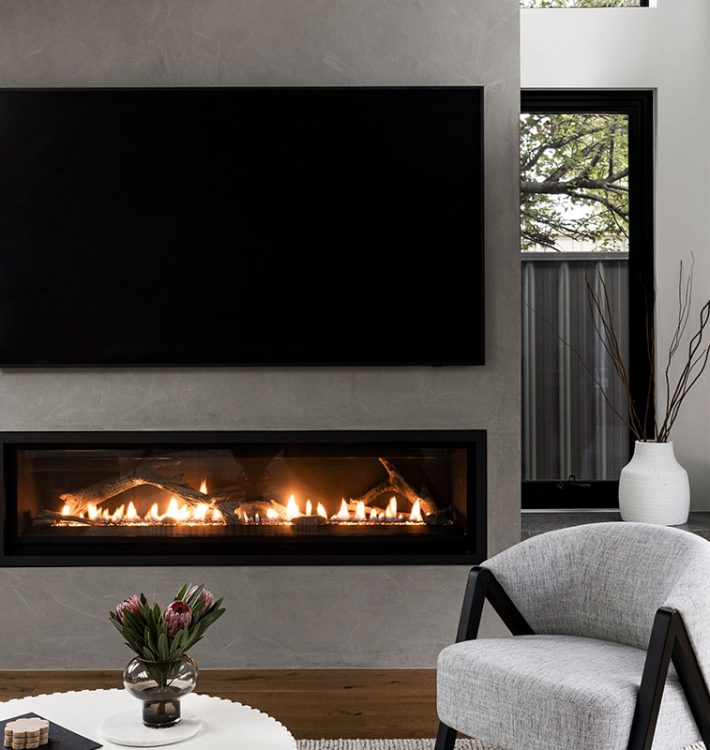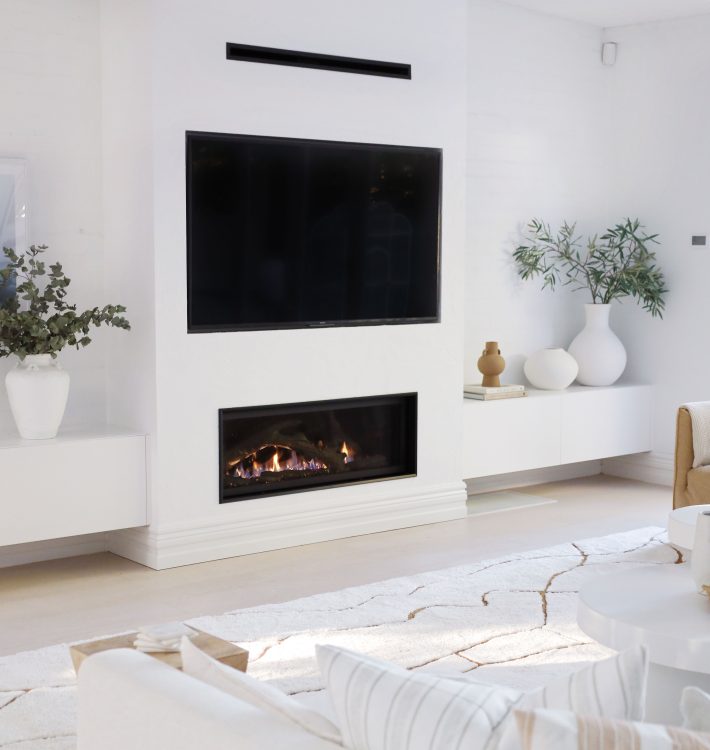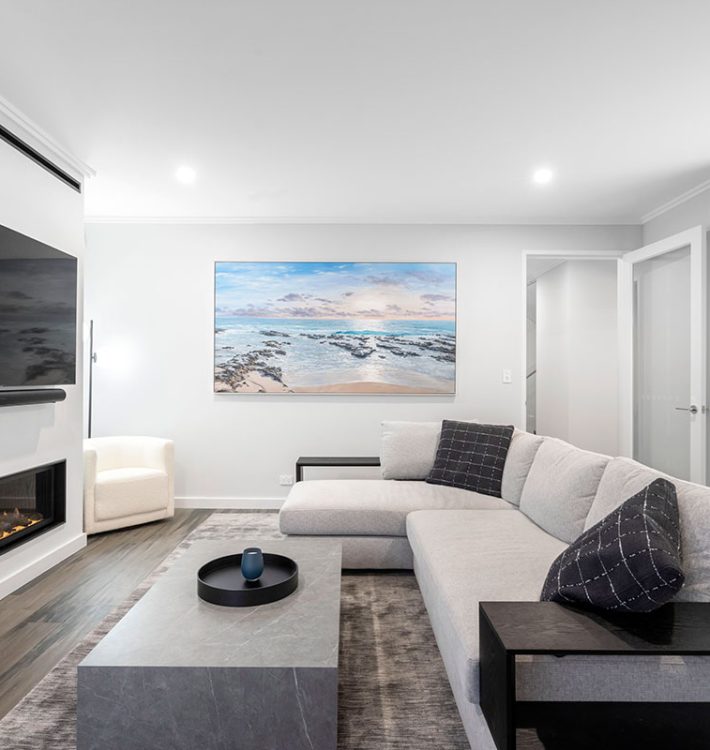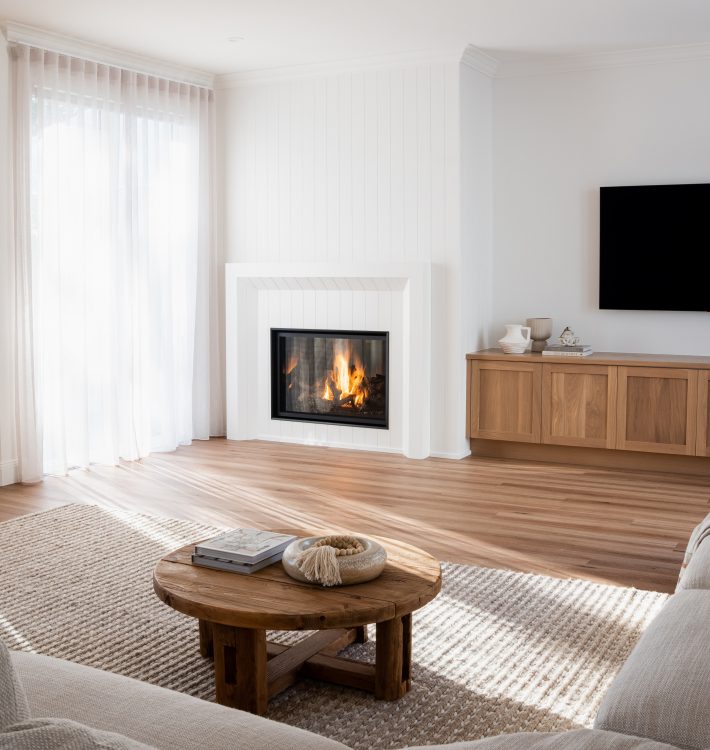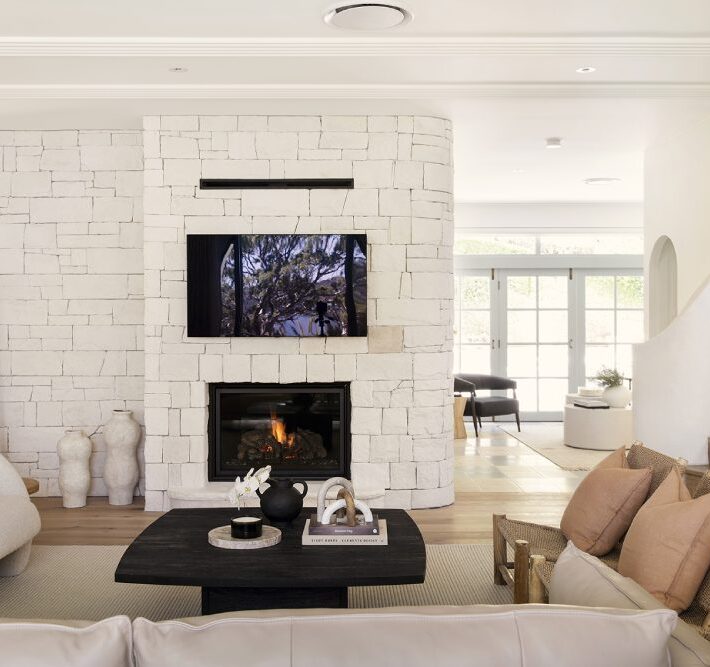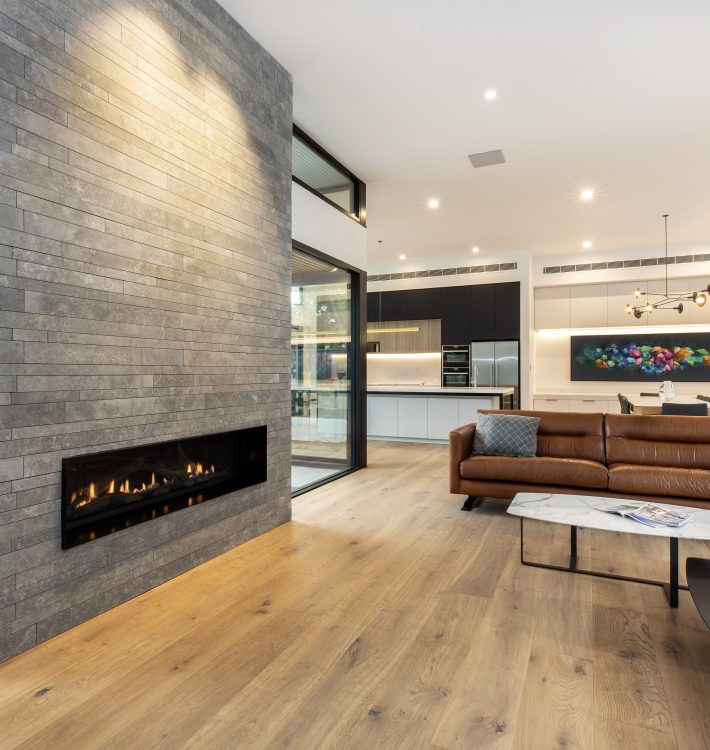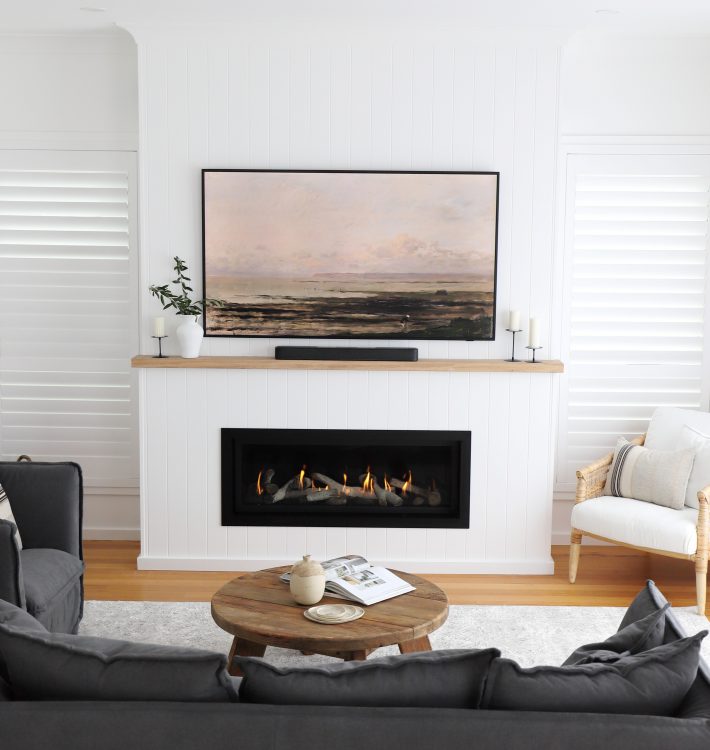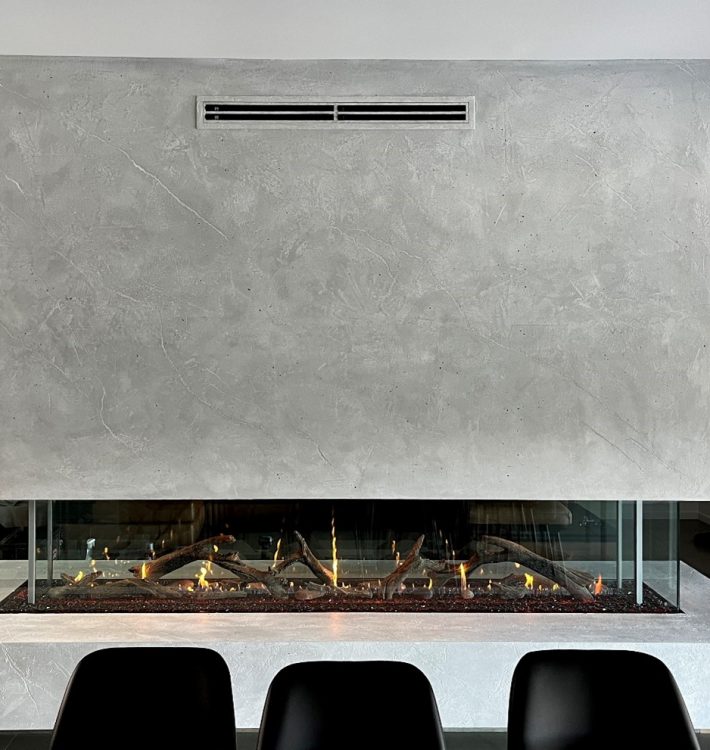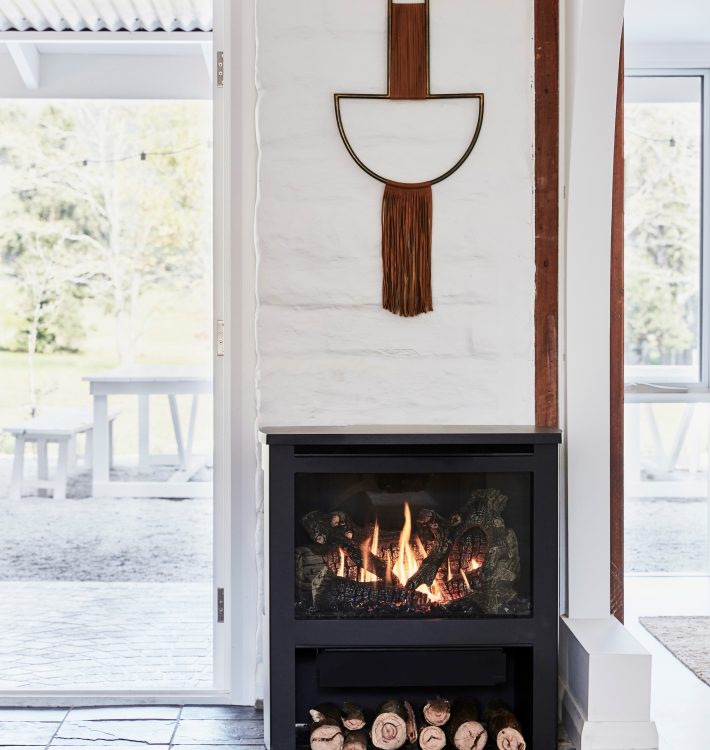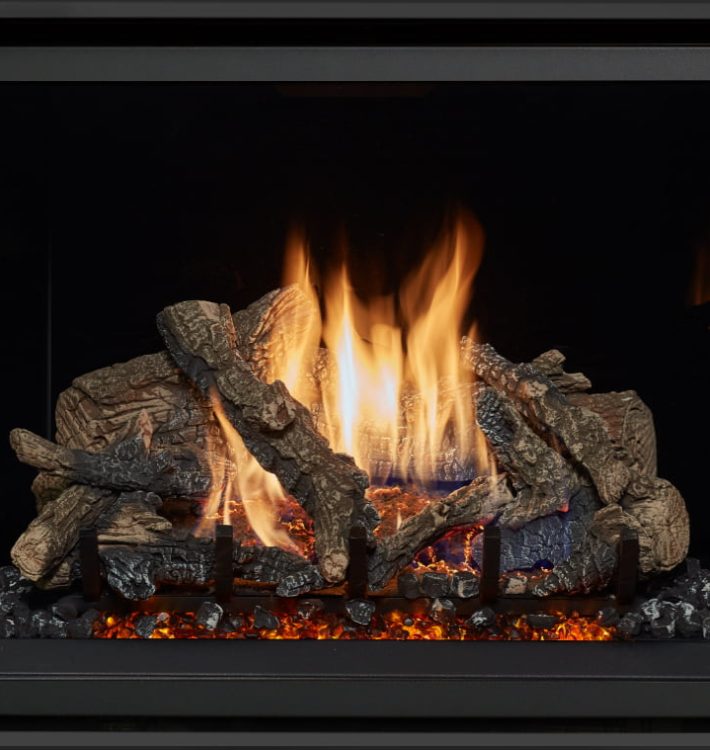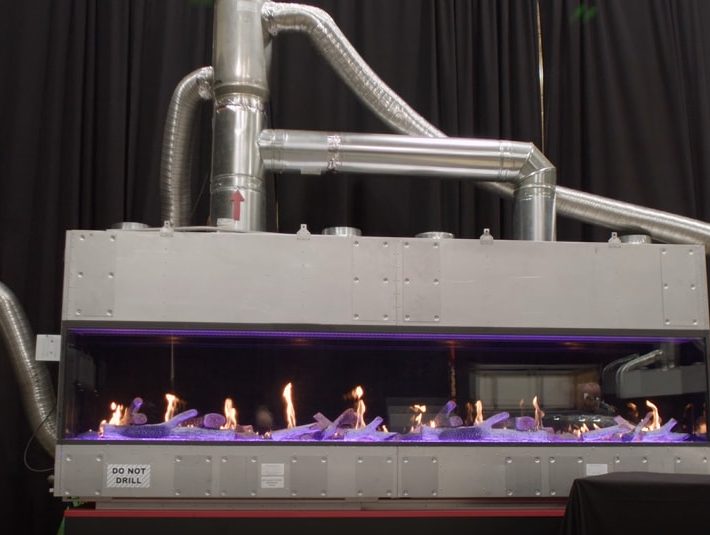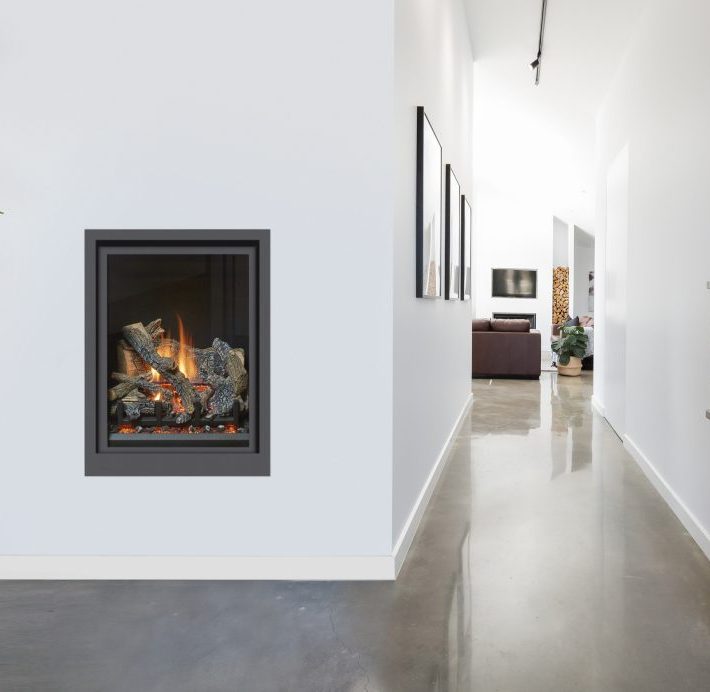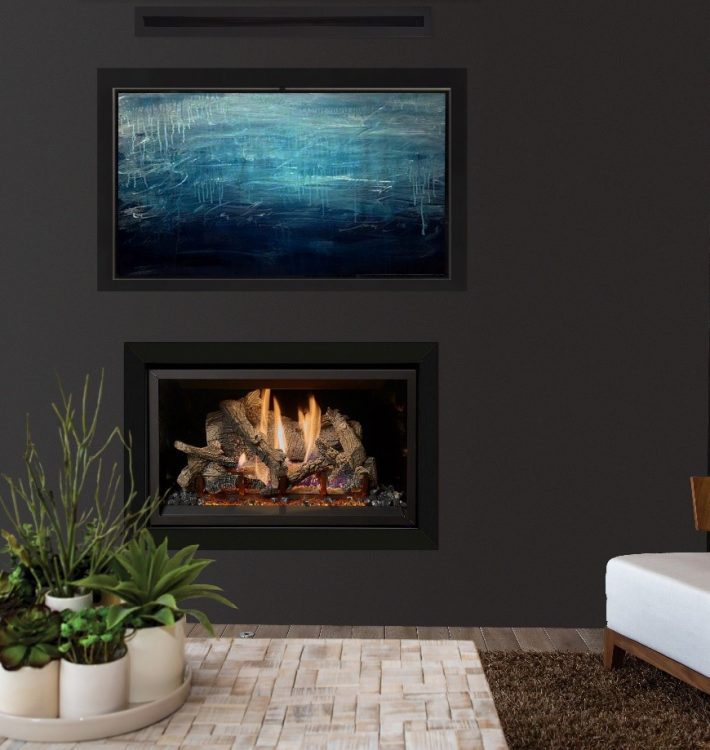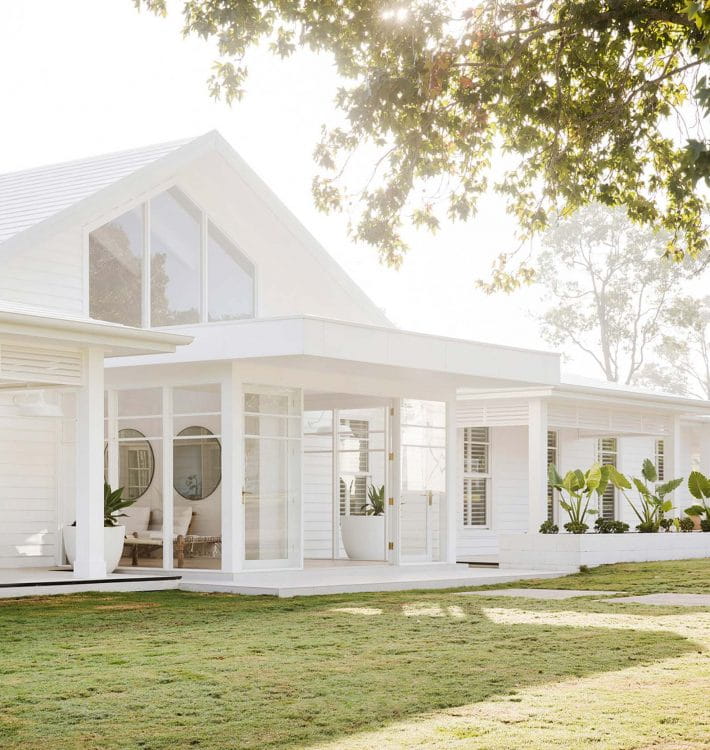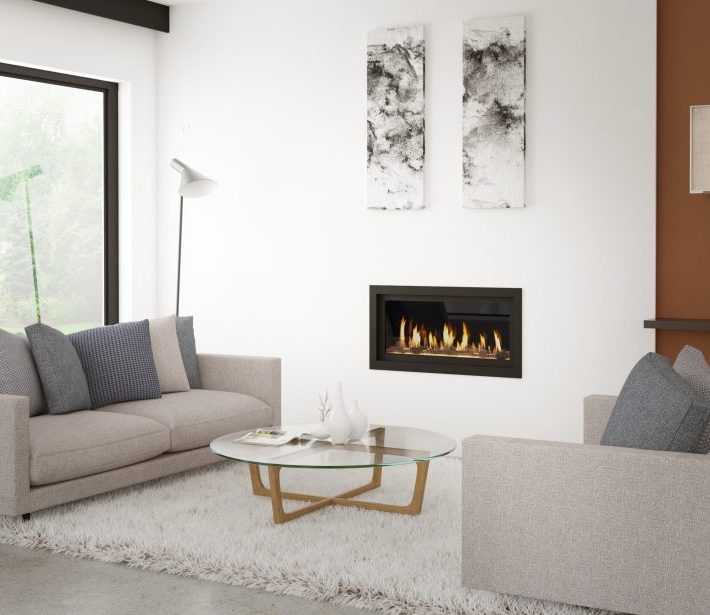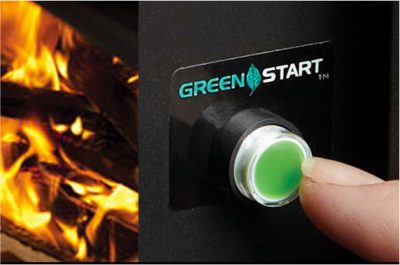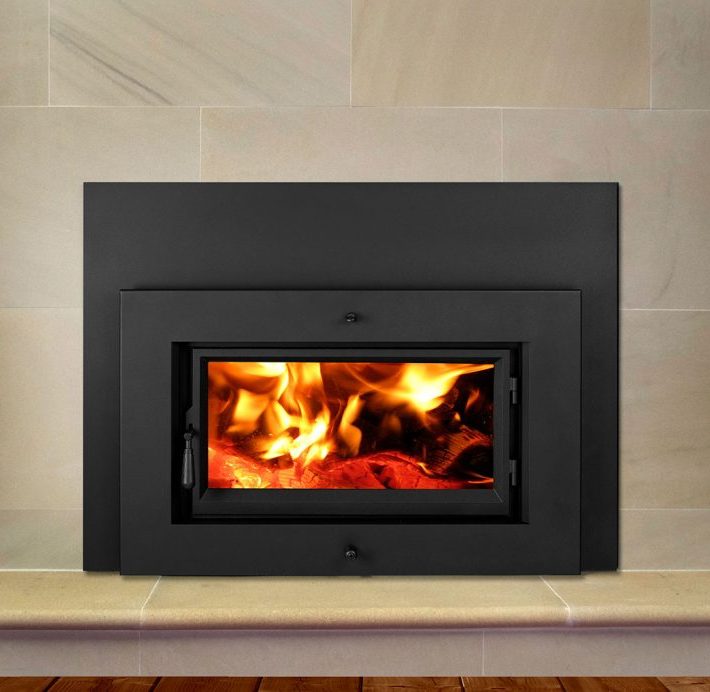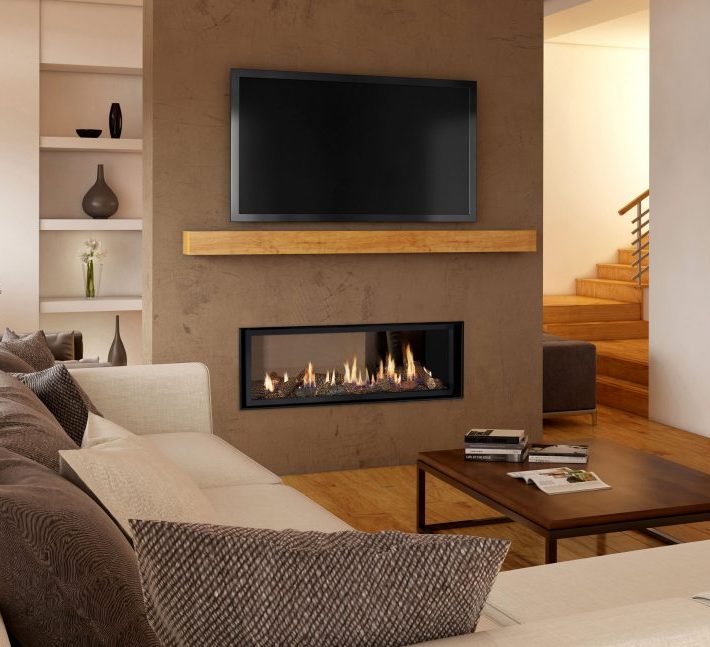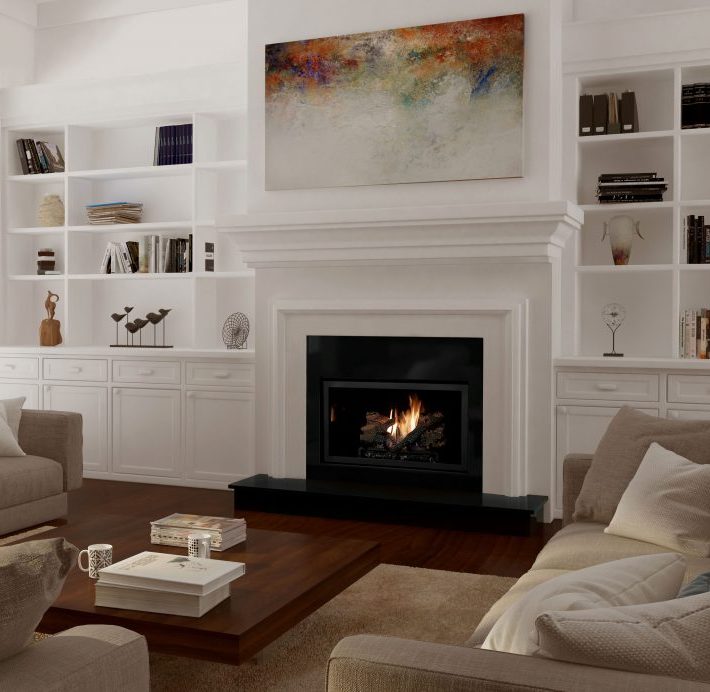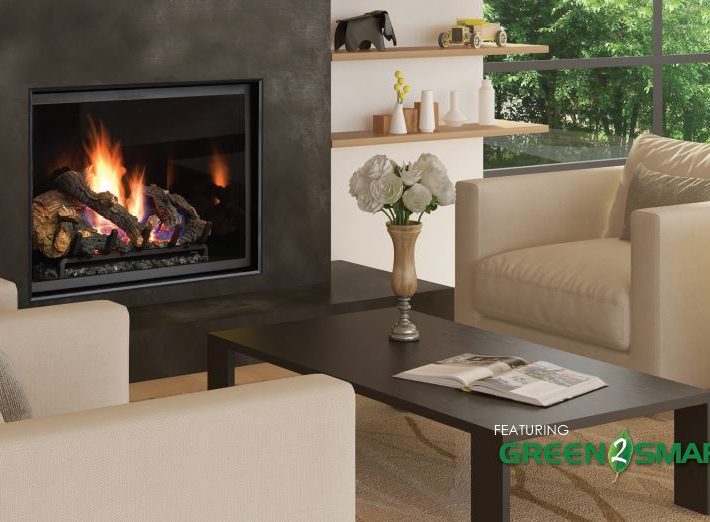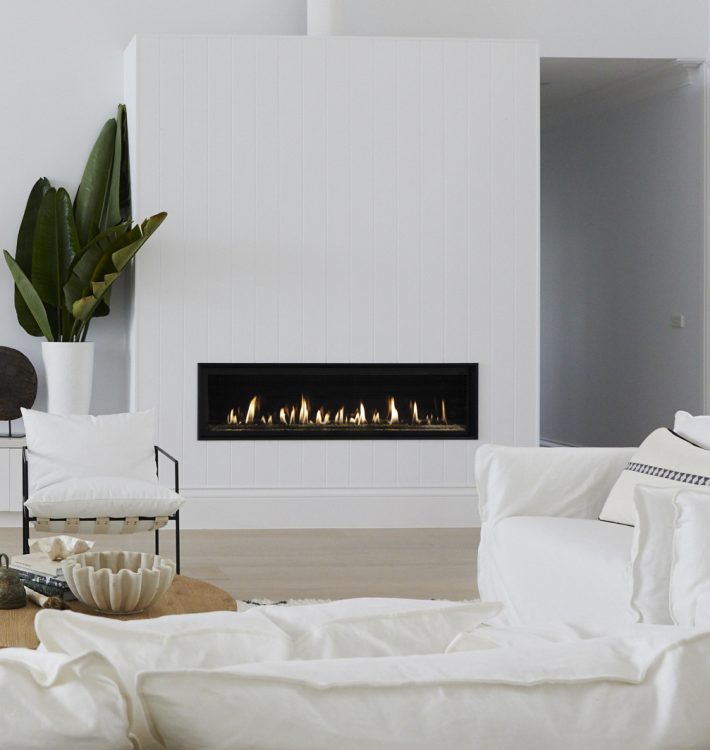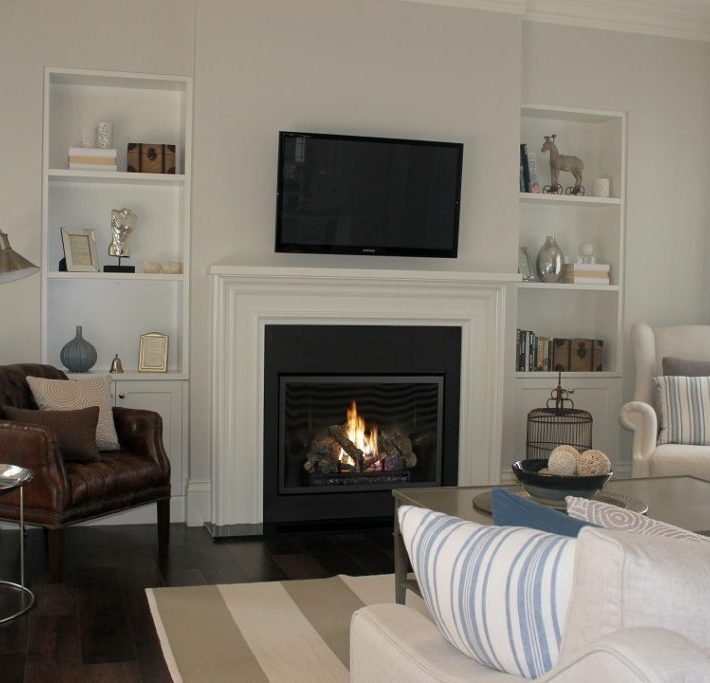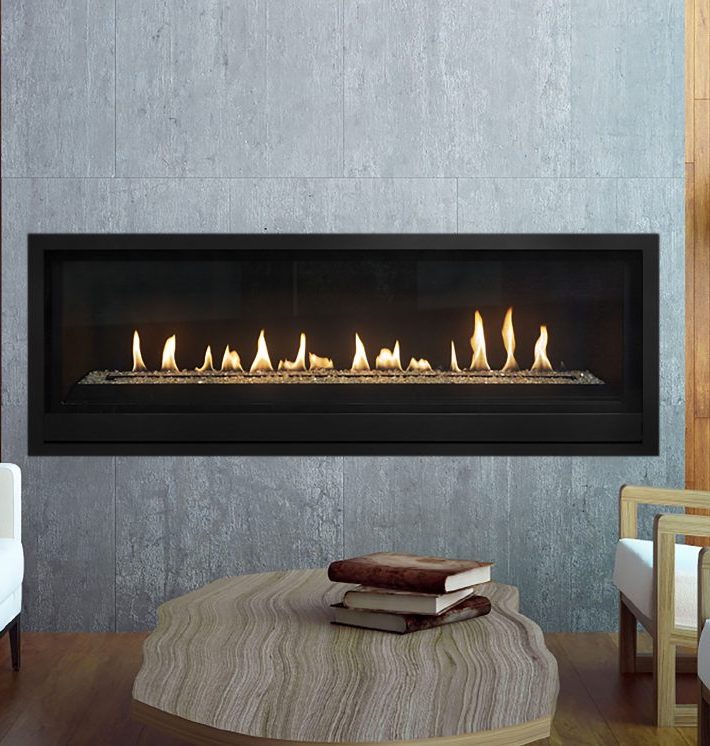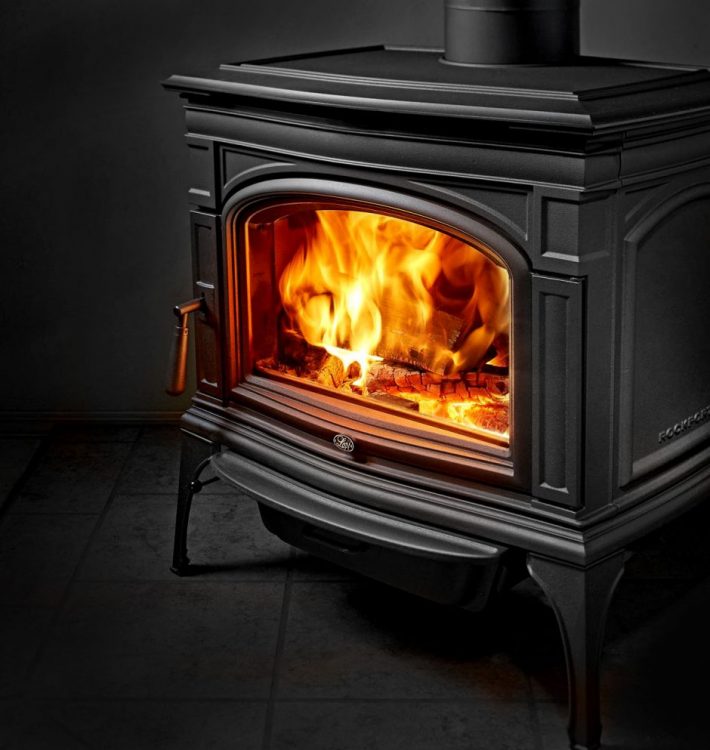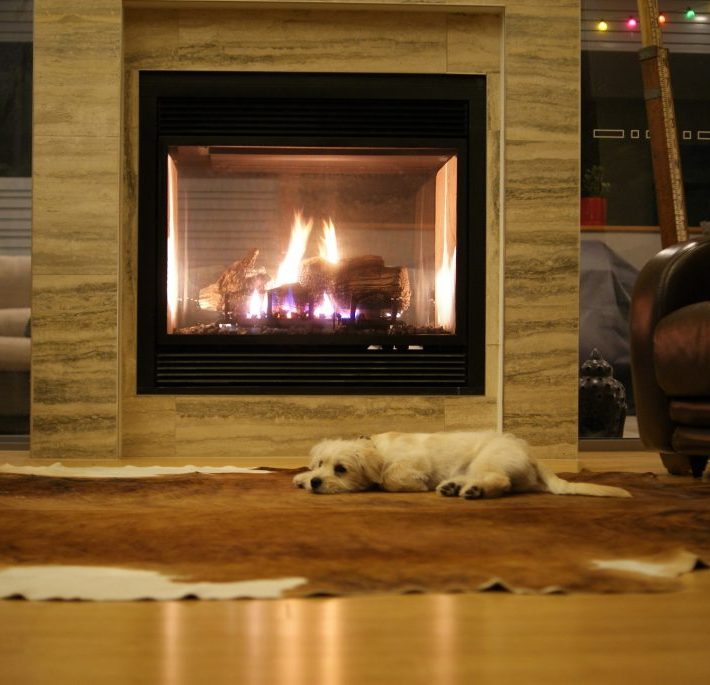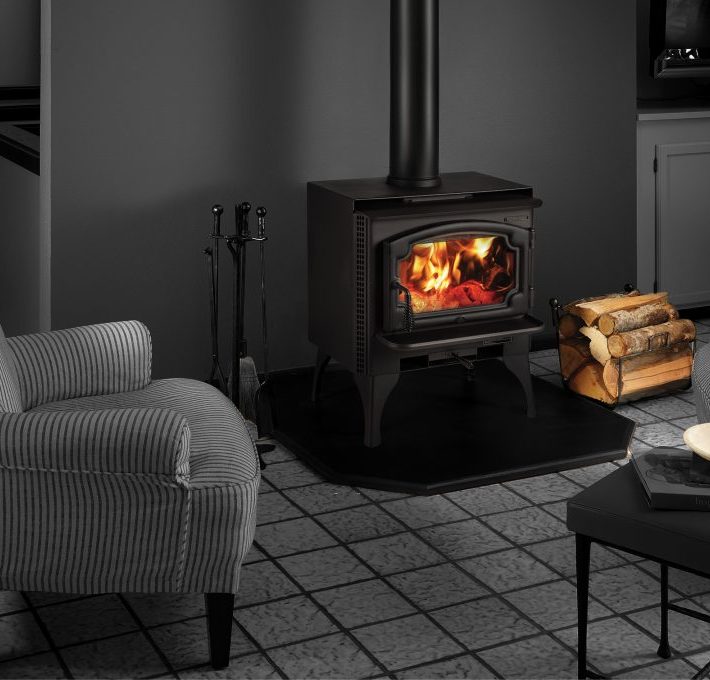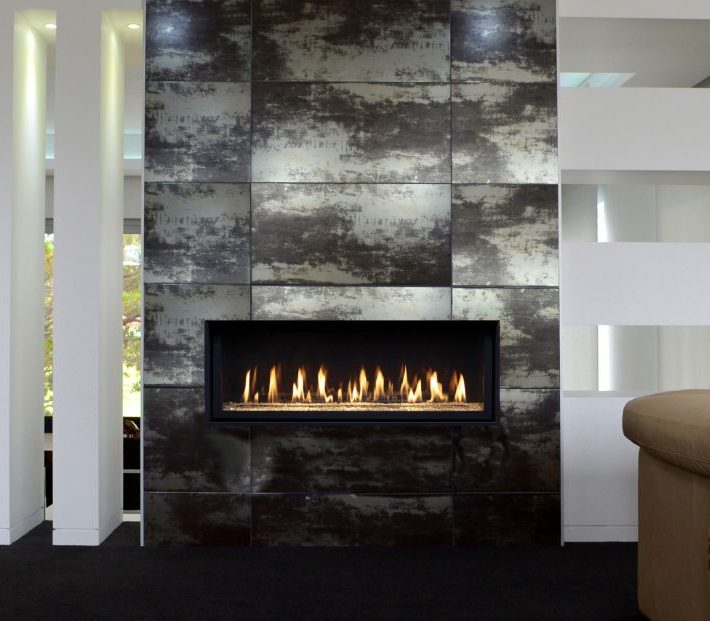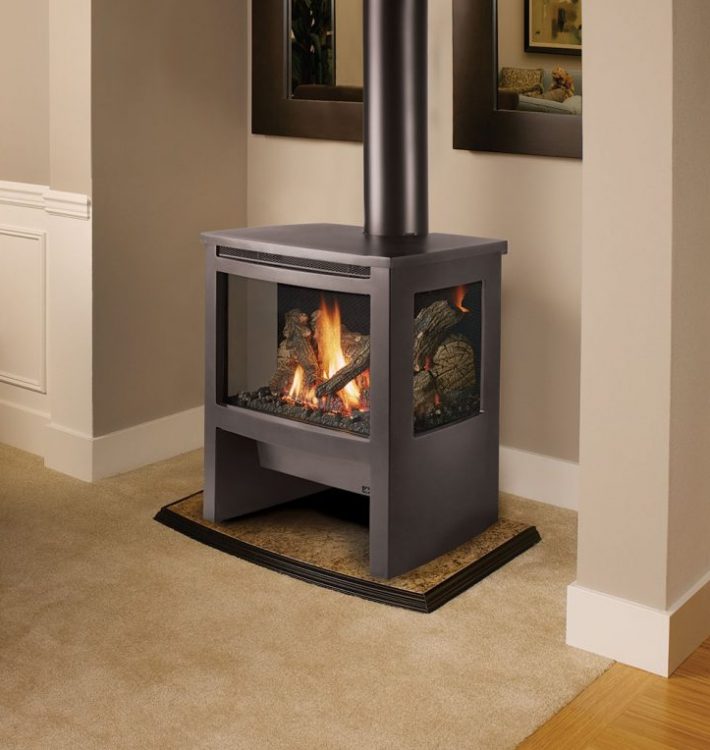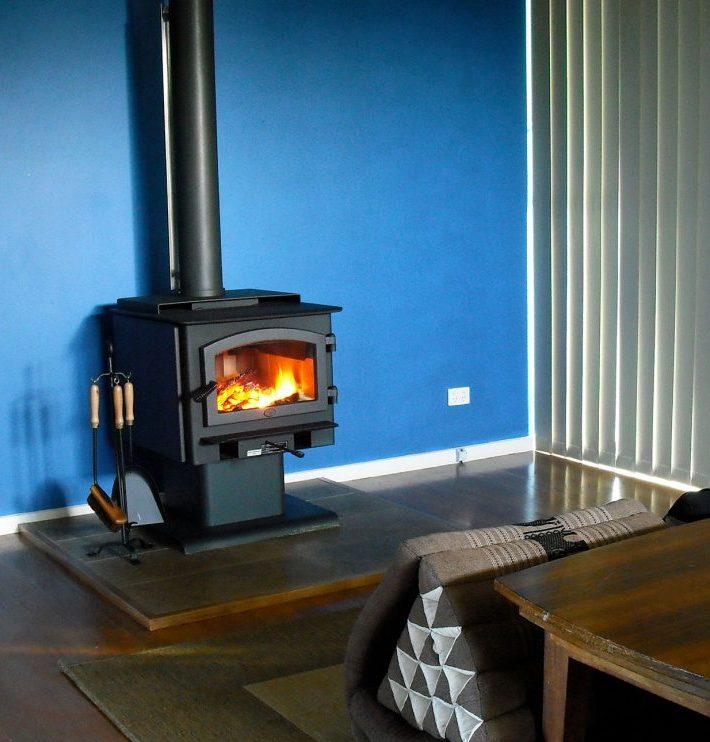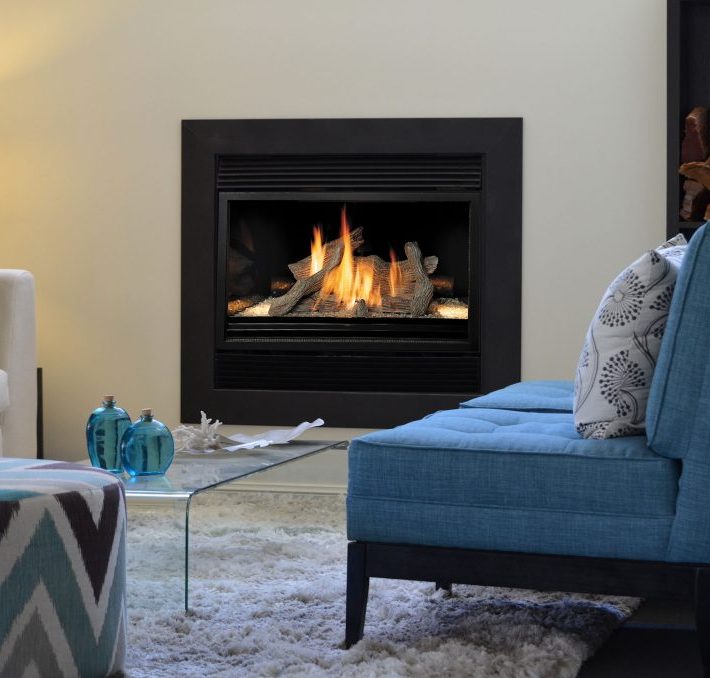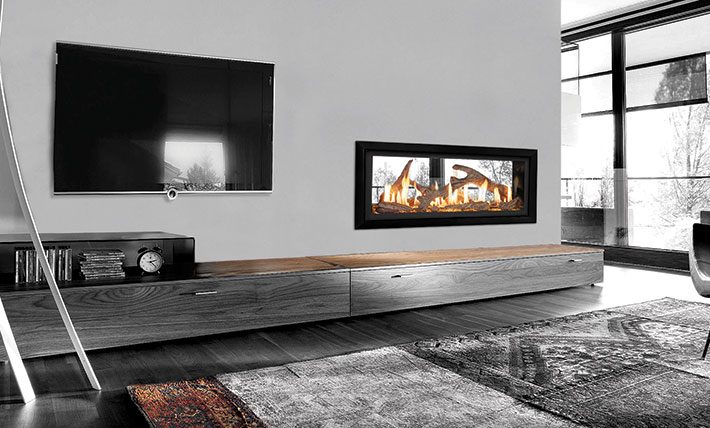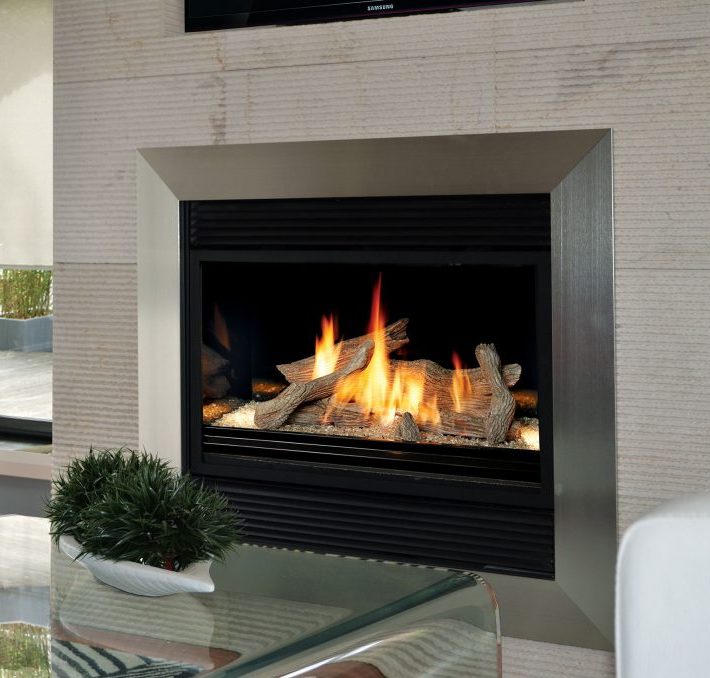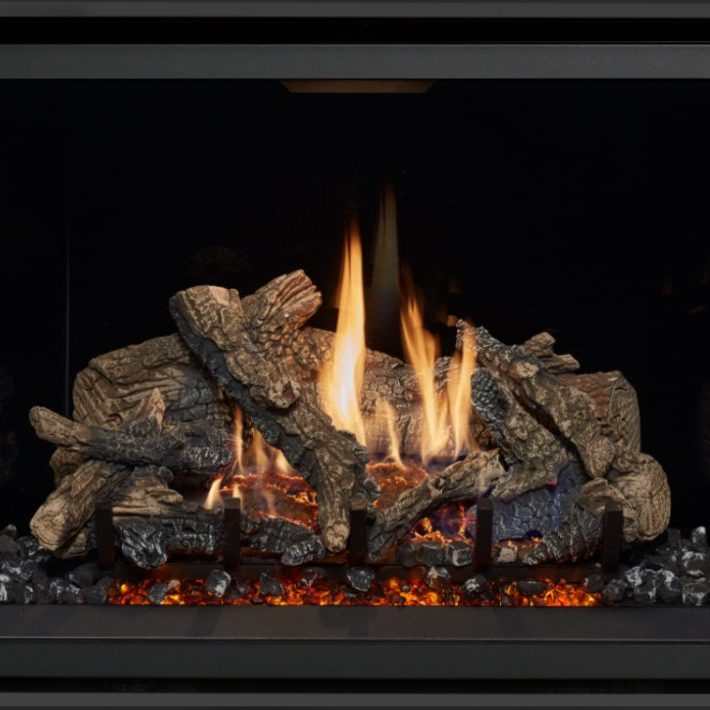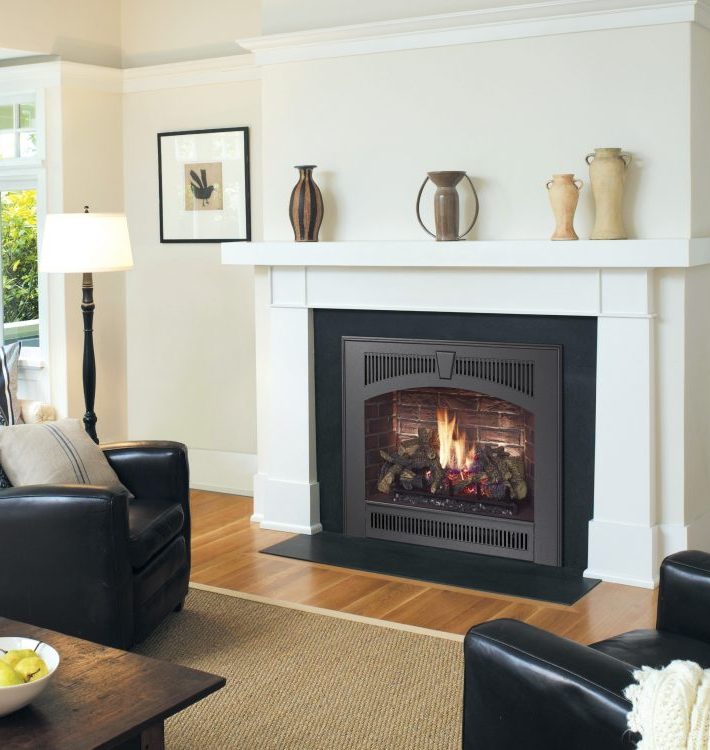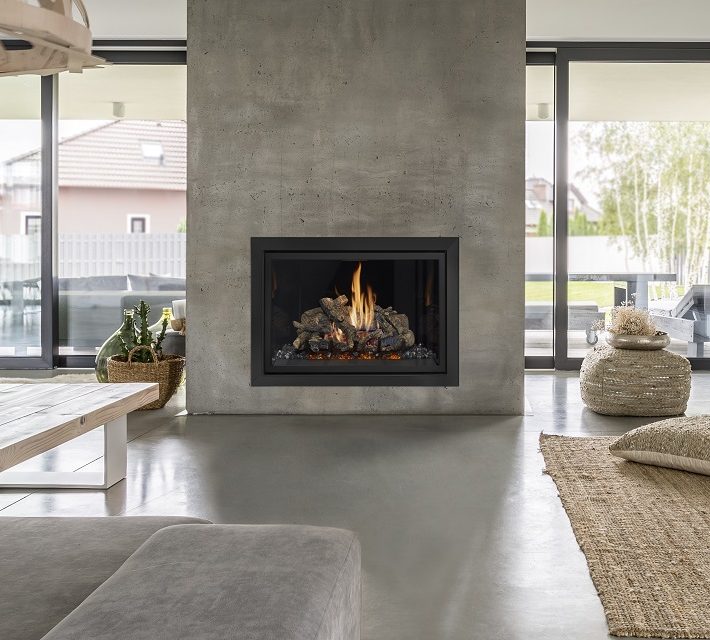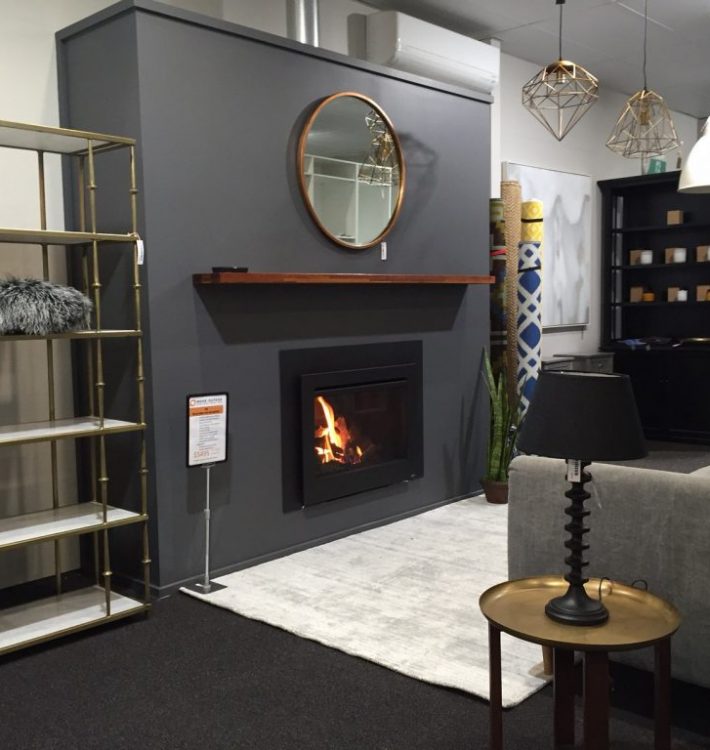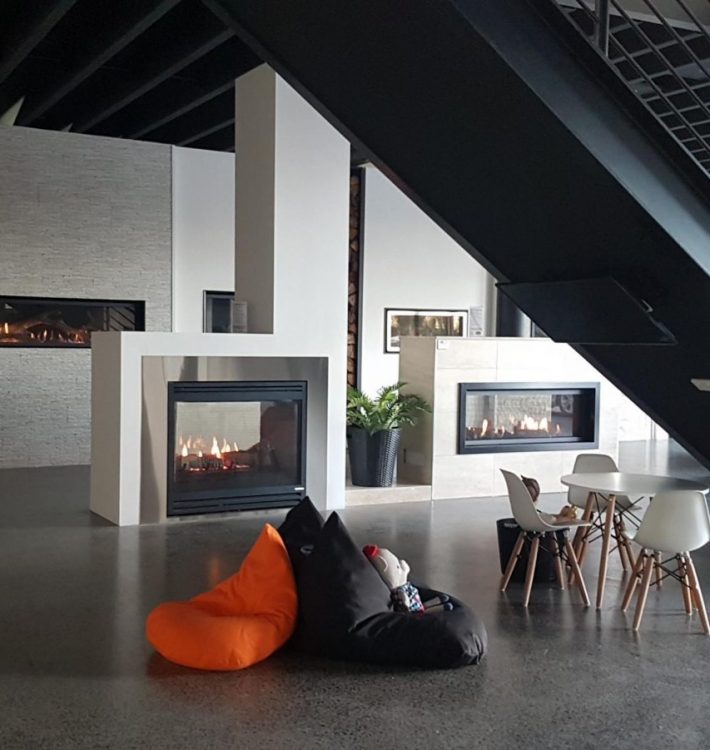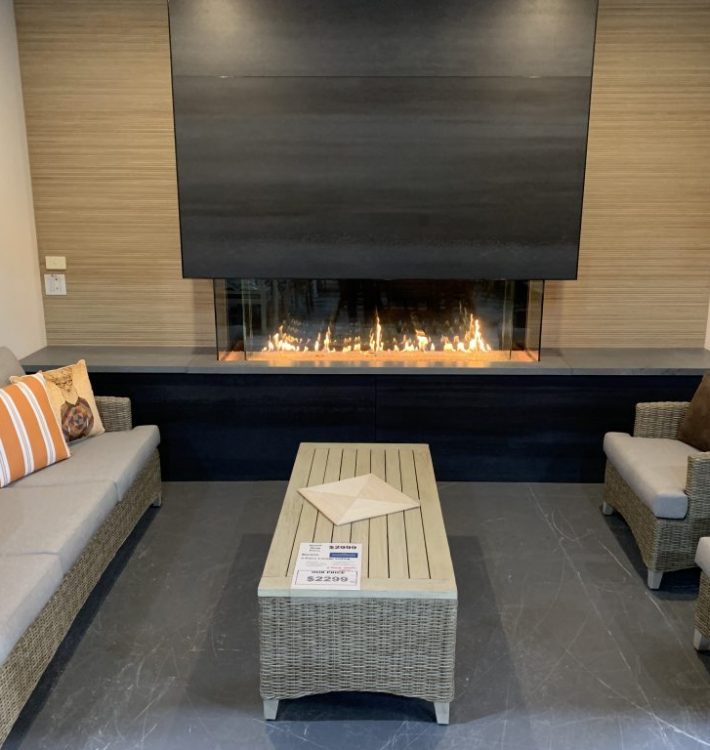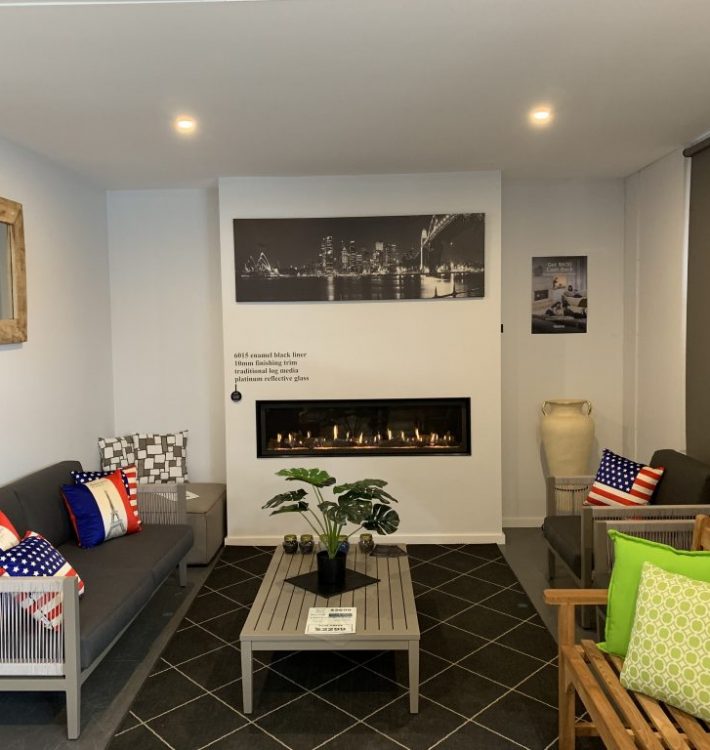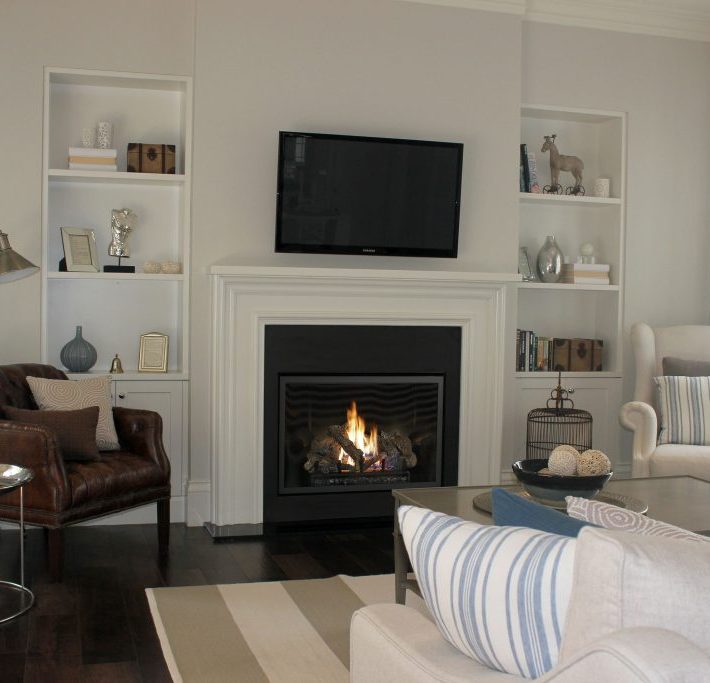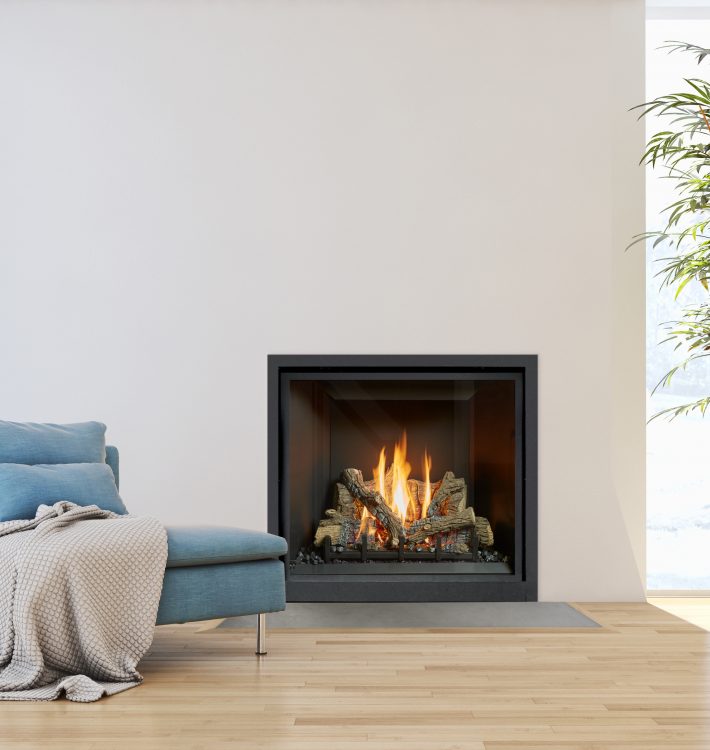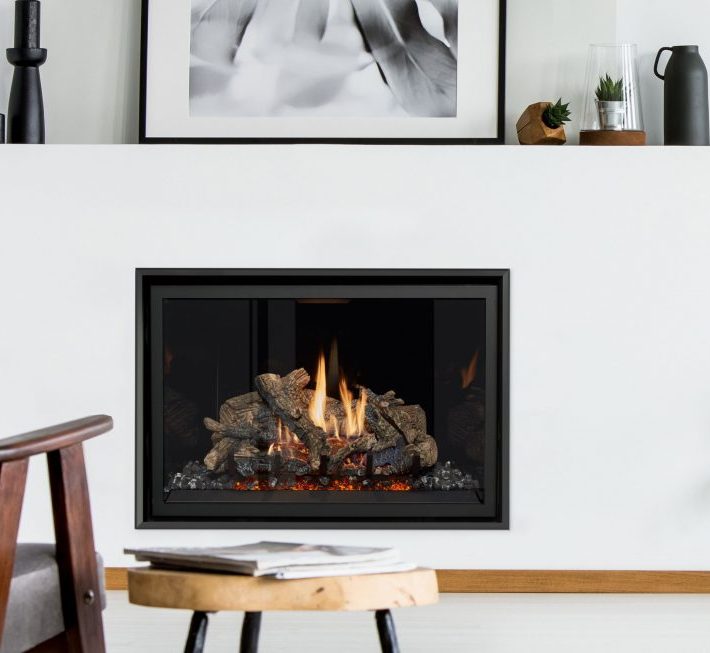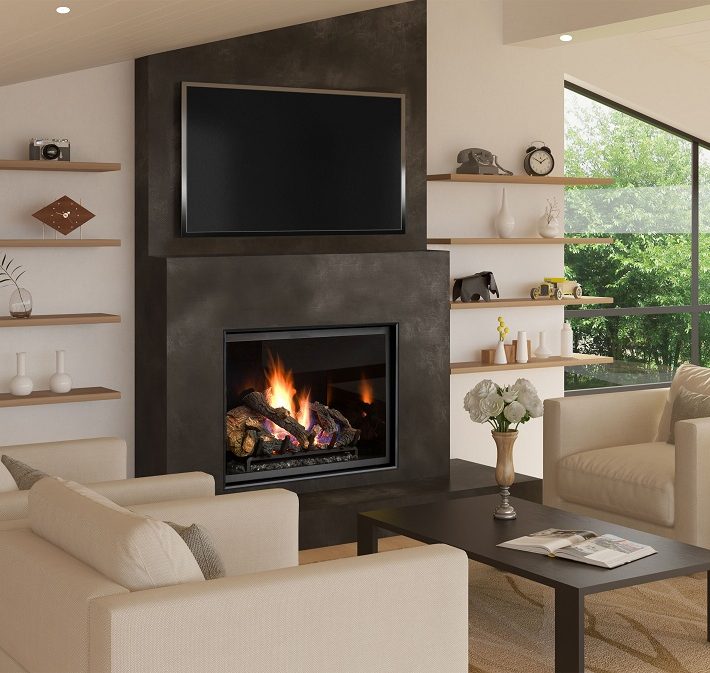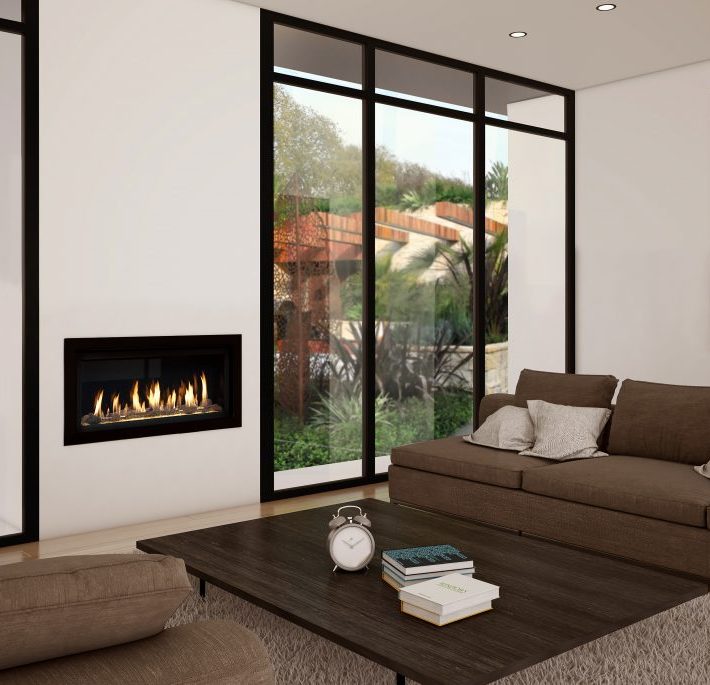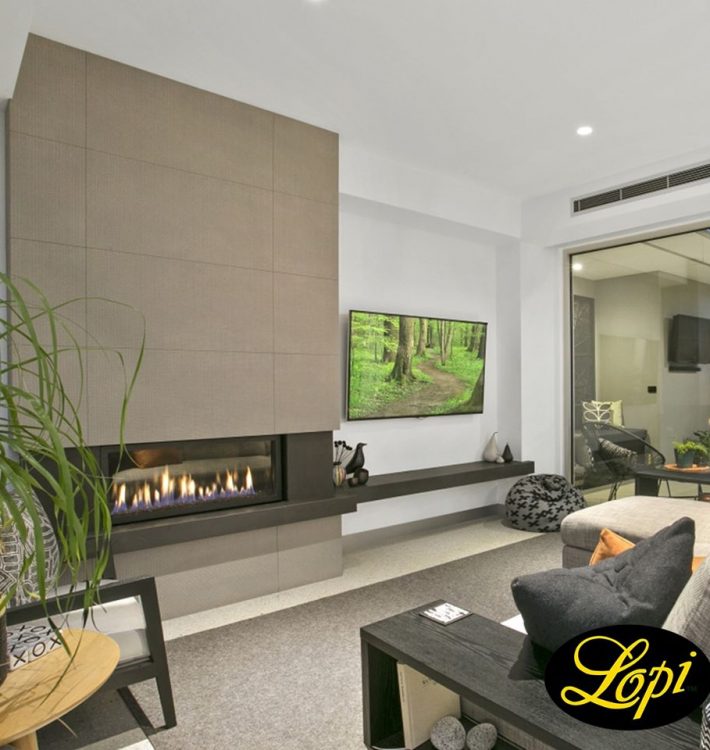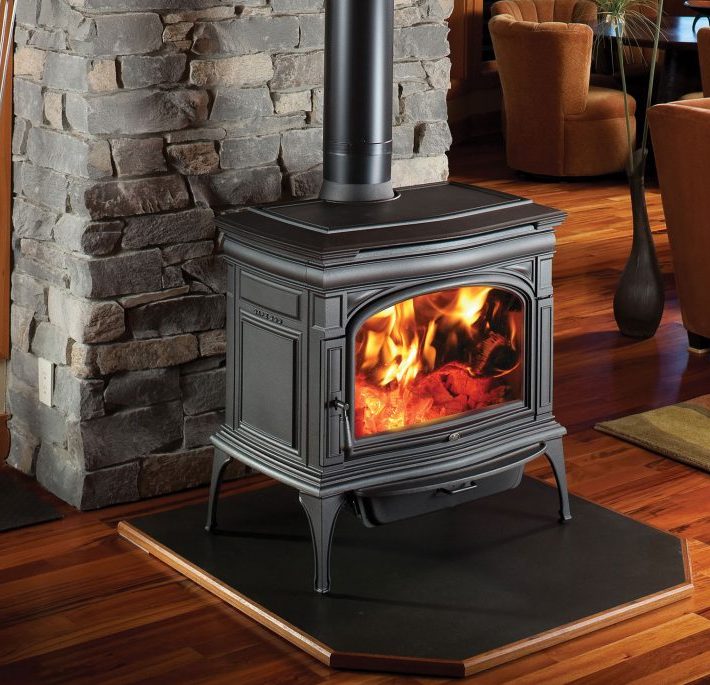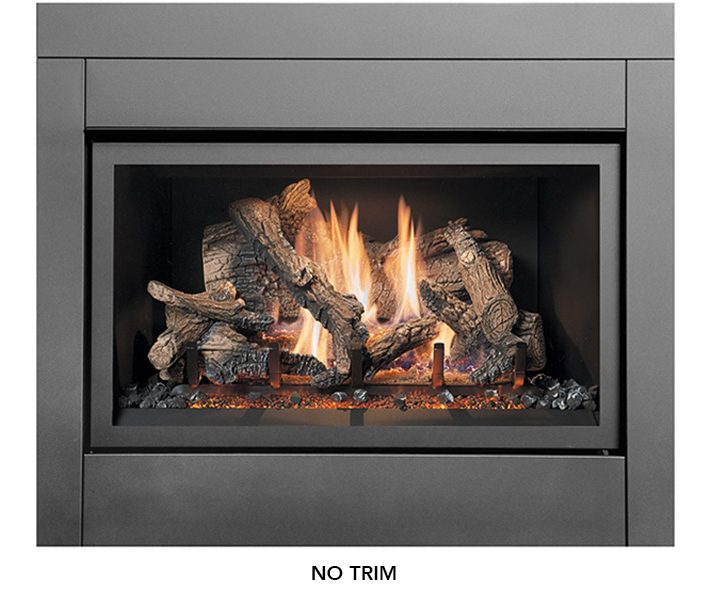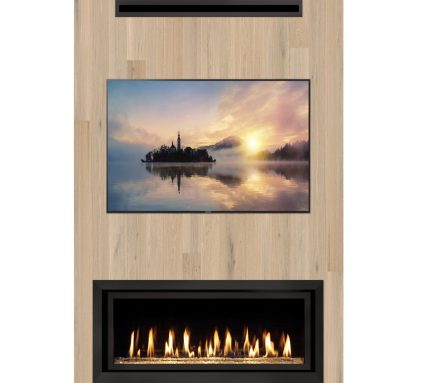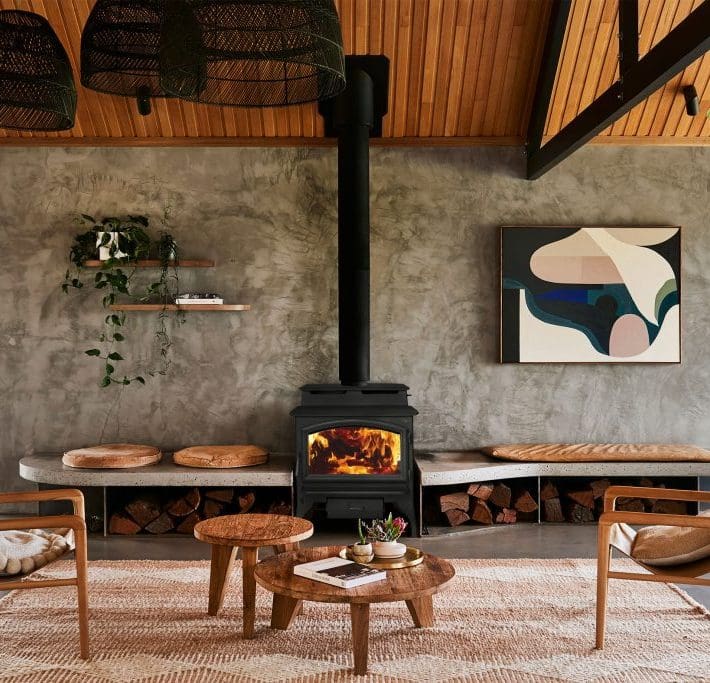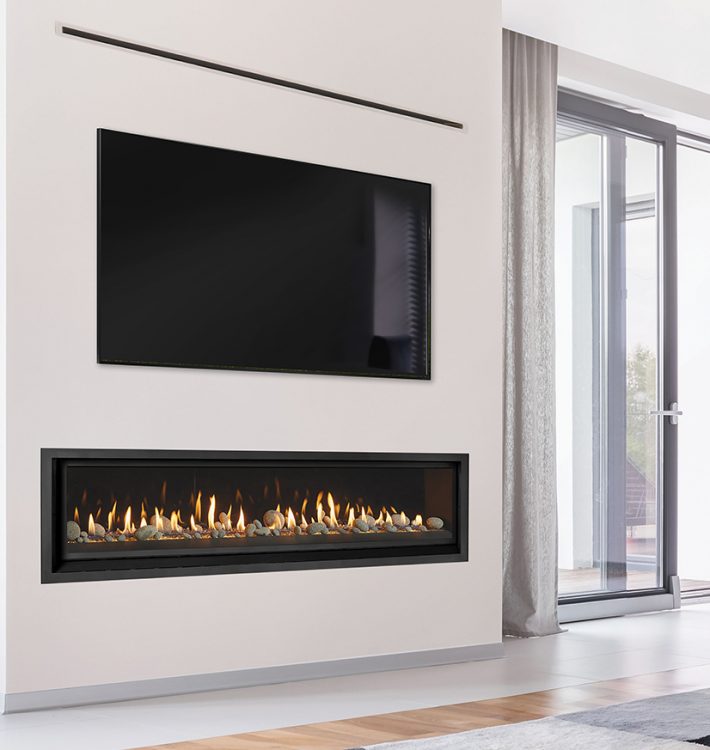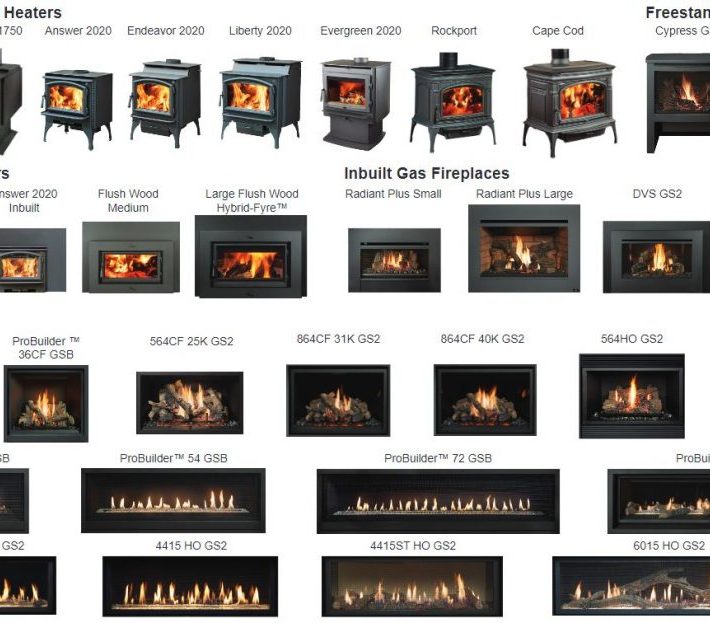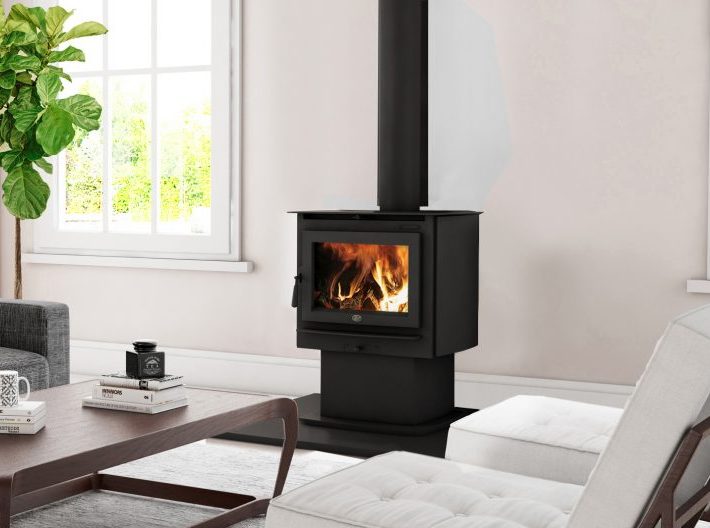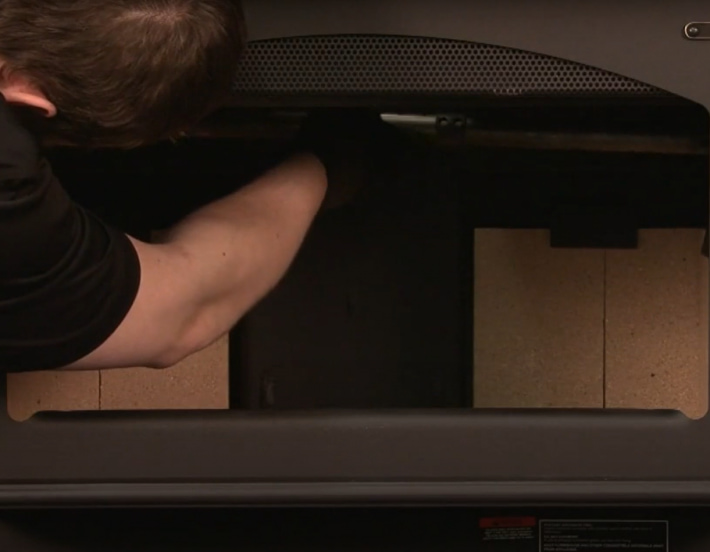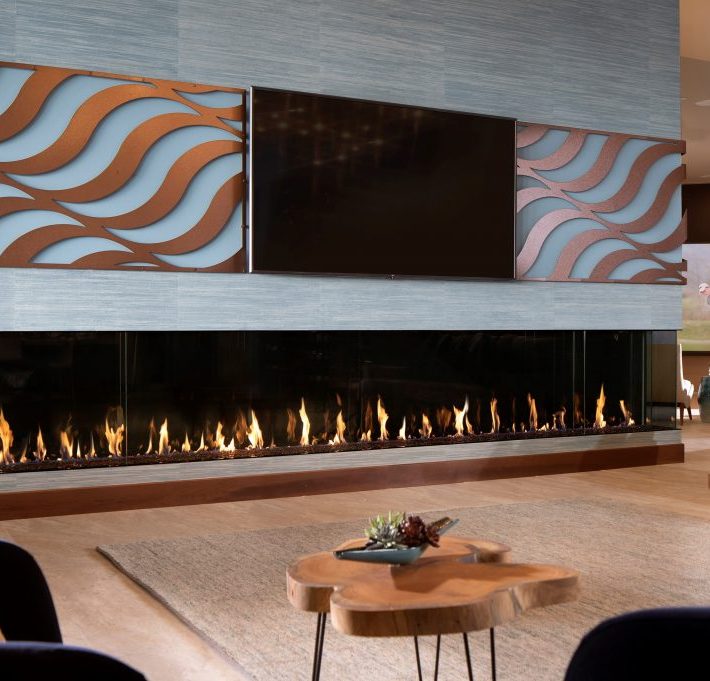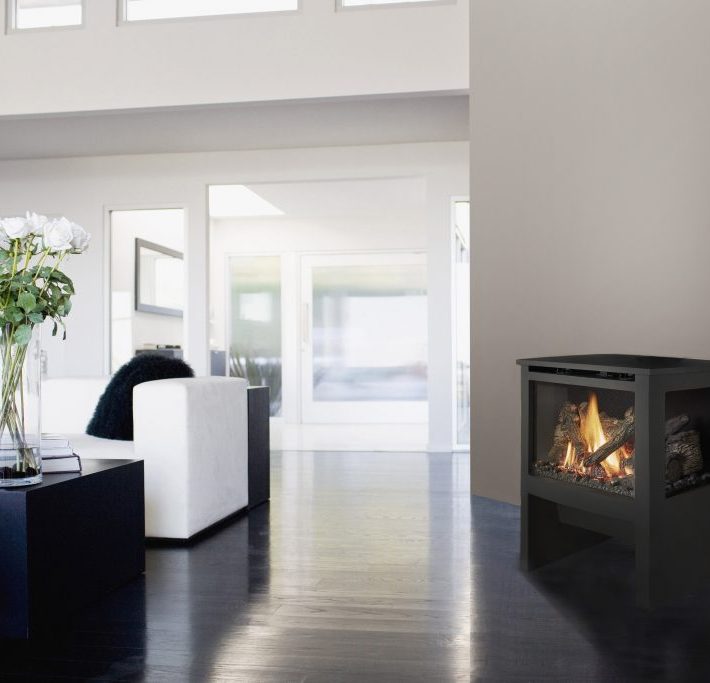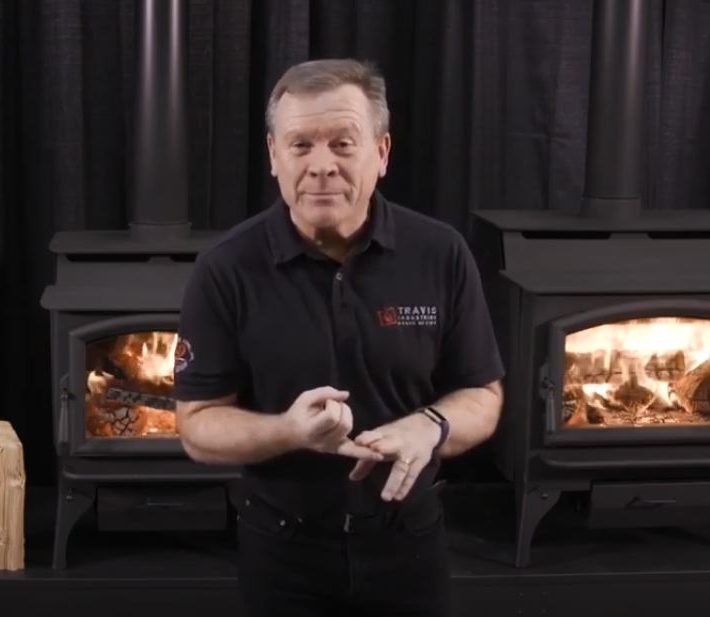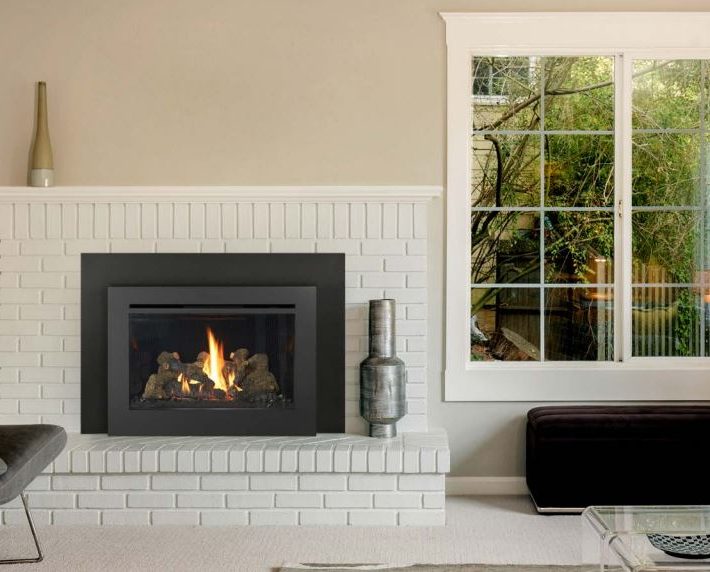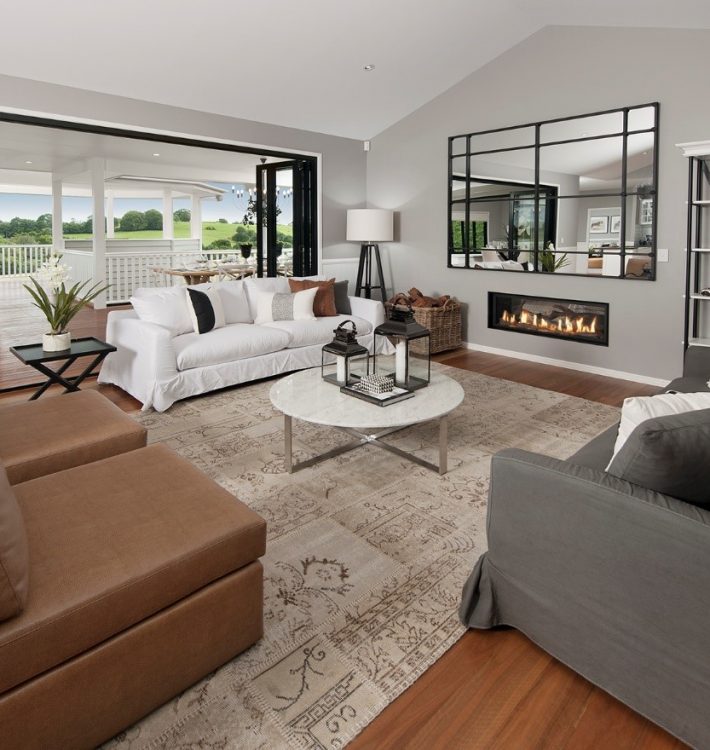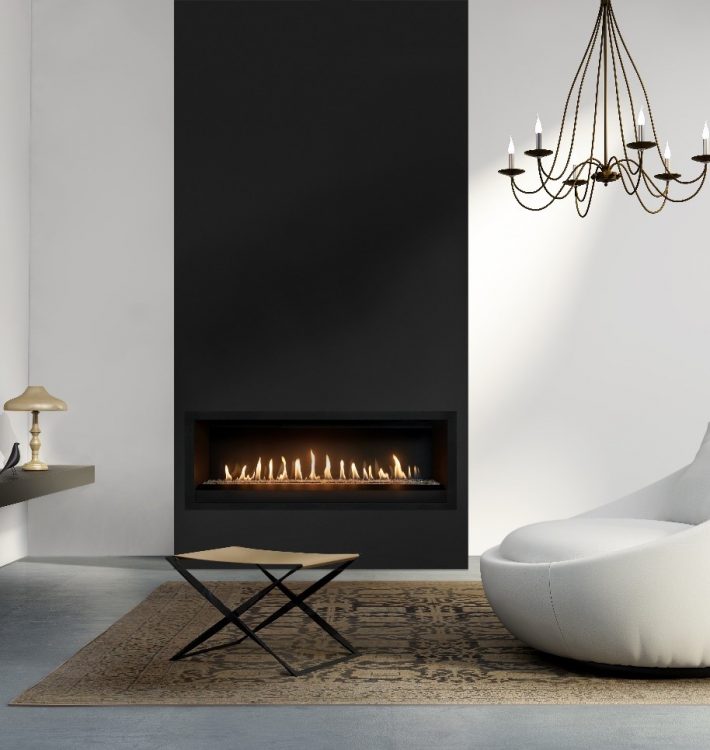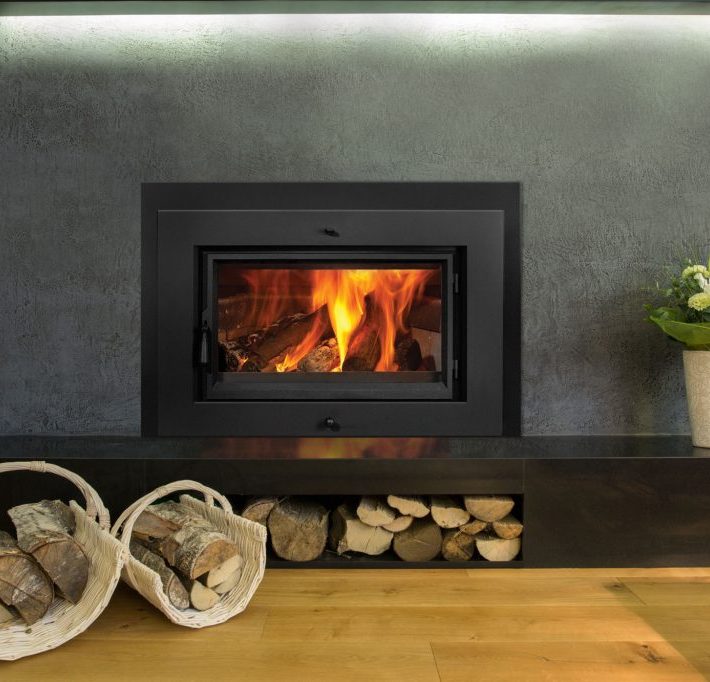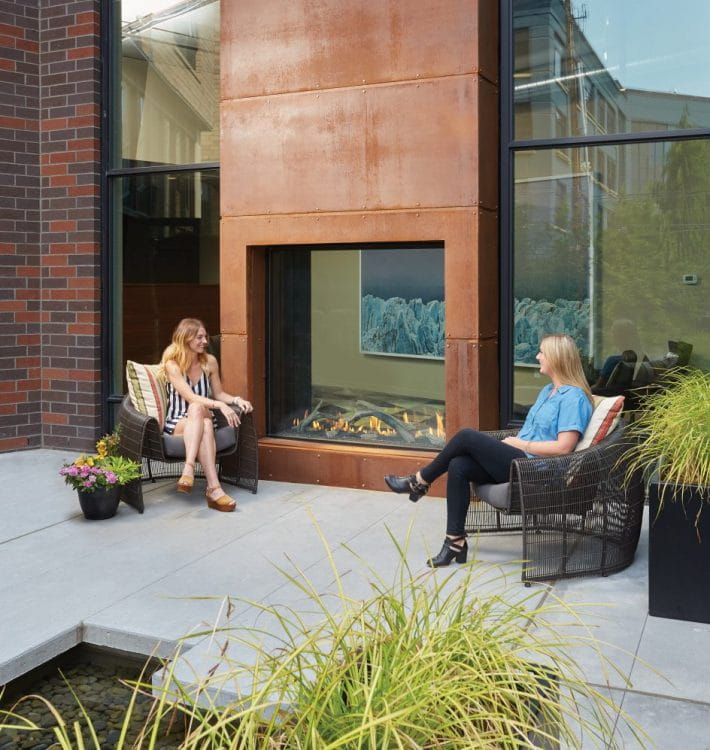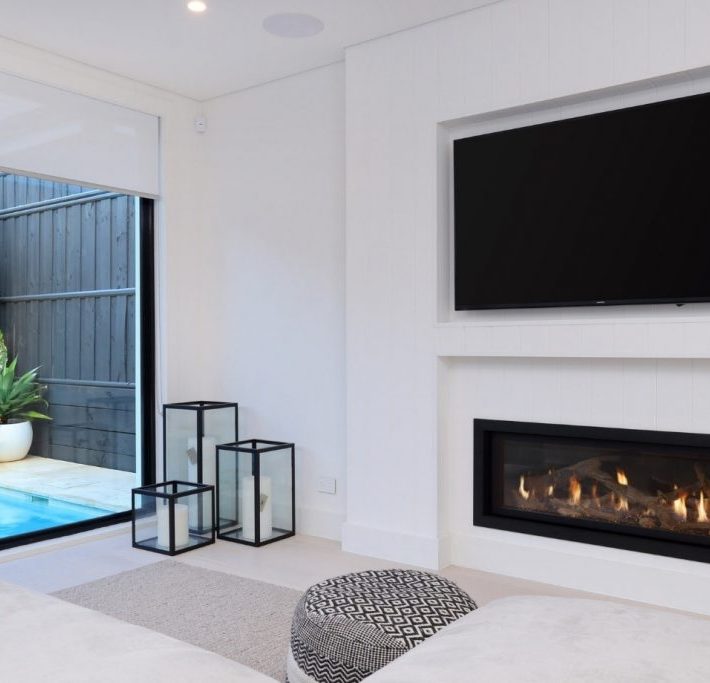22 August 2020
FREESTANDING OR BUILT-IN FIREPLACES – WHICH SHOULD YOU CHOOSE?
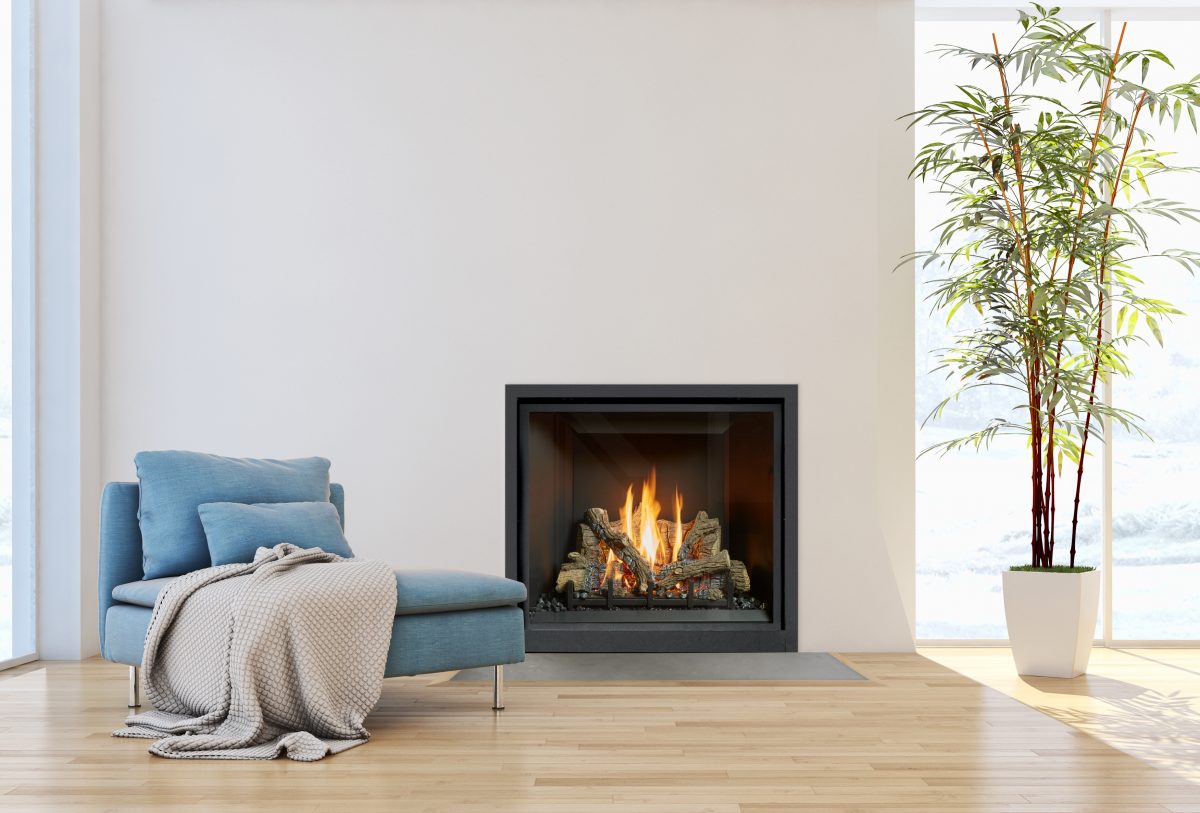
Choosing between a freestanding heater or a built-in fireplace is a tricky decision. These heaters become the focal point of your family area and will last for many years, so they need careful consideration.
What are the pros and cons of each type of heater? Here are some of the main factors to consider:
Aesthetics
Both a free-standing heater or built-in fireplace can be a beautiful feature of your home.
Both types give a completely different look.
Traditionally designed built-in fireplaces tend to fit in well with all types of interior designs. To achieve a timeless, cosy feel you don’t have to opt for a real wood fireplace. Today’s gas heaters are well designed and look very much like real wood burning fireplaces.
However, you don’t have to choose a traditional design for a built-in heater. There is a great range of very contemporary looking fireplaces available now. Some of the minimalist-style fires give a very chic and clean-looking feel, which adds to the decor of the room rather than detracting from it.
Freestanding heaters largely tend to fit more traditionally designed homes however there are more contemporary designs available.
If you want something traditional, a cast iron heater would be suitable. For newer homes, an avant-garde, contemporary design looks great.
When choosing a heater keep in mind the size of your room. Freestanding heaters look better in larger rooms and are ideal for open-plan areas but may not be suitable for smaller rooms.
Warmth
Freestanding heaters are positioned so that heat can radiate from all sides heating the whole room up. If you have a two-storey house, the upstairs areas will benefit from heat coming off the flue pipes with wood heaters.
If you do want a built-in fireplace, gas inserts can be used. A gas insert is basically like a stove but is fitted into your existing brick fireplace. One of the advantages is that heat is no longer lost through the chimney.
Safety
If you have children and/or pets you will need to consider heaters that are the safest.
Because built-in heaters are placed within a wall, children and pets can’t run around them. You can also buy a fireguard or child safety gate to enclose the fire.
You could still use fireguards around free-standing heaters but if your heater is quite central it will look cumbersome and cluttered. On the other hand, you can place free-standing heaters in a corner of the room and make it inaccessible to children using a fireguard.
Some people worry about carbon monoxide or other toxic fumes coming from their fire. However, this is unlikely to happen to a modern heater, whether it is free-standing or built-in, providing it is properly installed and maintained and the right fuel is used.
Cost
You will need to consider both installation and maintenance costs of your heater.
Built-in fireplaces can be more costly to have them properly fitted into the wall unless and existing brick chimney exists. Many gas models can also be installed into timber stud work which makes for an easy installation but still more costly than installing a freestanding heater.
Freestanding gas heaters are quick and easy to install and just require the install to run flue pipes up through the ceiling and roof. Maintenance and repair of this type of set-up is also very simple.
Read Also:
